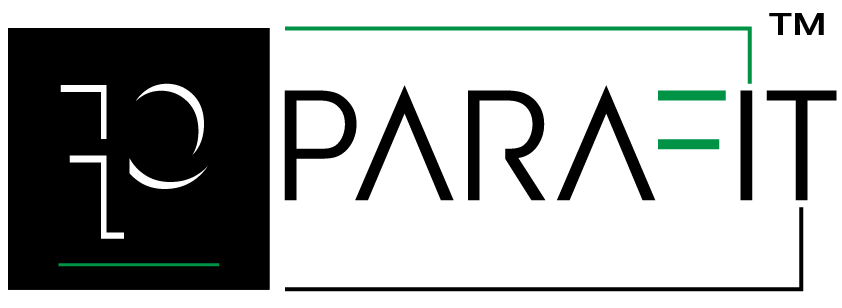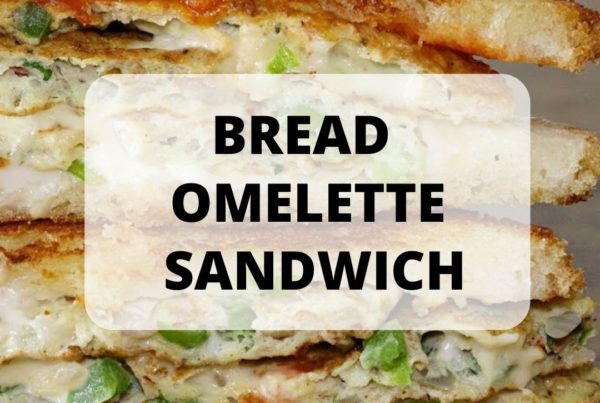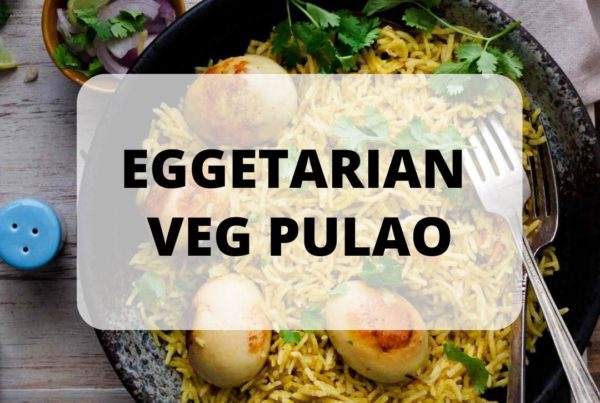Have you ever heard of the Ketosis Diet? It’s a popular diet that has taken the world by storm. But what is it exactly, and how does it work? The Ketosis Diet is a low-carb, high-fat diet that helps your body burn fat for energy instead of carbohydrates. It’s a natural process when your body doesn’t have enough carbohydrates to burn for energy, so it starts burning stored fat instead. The result? Rapid weight loss, increased energy levels, and improved mental clarity. If you’re new to the Ketosis Diet and want to learn more, you’ve come to the right place. In this beginner’s guide, we’ll unlock the secrets of the Ketosis Diet and show you how to get started. So, buckle up and get ready to transform your body and life with the Ketosis Diet’s power!
How does the Ketosis Diet work?
The Ketosis Diet works by putting your body in a state of ketosis. Ketosis occurs when your body doesn’t have enough carbohydrates to burn for energy, so it starts burning stored fat instead. When you eat a low-carb, high-fat diet, your body starts producing ketones, molecules that your body uses for energy instead of glucose. This process allows you to burn fat for energy, which leads to rapid weight loss.
One of the keys to success with the Ketosis Diet is to keep your carbohydrate intake low. This means limiting your intake of foods like bread, pasta, rice, and sugary snacks. Instead, you’ll focus on eating foods high in healthy fats, such as avocados, nuts, and fatty fish. By keeping your carbohydrate intake low and your fat intake high, you’ll be able to put your body in a state of ketosis and start burning fat for energy.
It’s important to note that the Ketosis Diet is not a one-size-fits-all solution. Everyone’s body is different, and what works for one person may not work for another. It’s essential to listen to your body and make adjustments to ensure that you’re getting the desired results.
Benefits of the Ketosis Diet
The Ketosis Diet offers a wide range of benefits beyond just weight loss. Here are some of the top benefits of the Ketosis Diet:
1. Rapid weight loss: One of the primary benefits of the Ketosis Diet is rapid weight loss. When your body is in a state of ketosis, it’s burning fat for energy instead of carbohydrates. This leads to fast weight loss, which can motivate people looking to lose weight quickly.
2. Increased energy levels: When your body burns fat for energy, you’ll experience increased energy levels throughout the day. This can help you stay focused and productive, even when tired or sluggish.
3. Improved mental clarity: Many people report improved mental clarity when on the Diet. This is because your brain uses ketones for energy instead of glucose, which can improve cognitive function and mental clarity.
4. Reduced inflammation: The Keto Diet has been shown to reduce inflammation in the body, which can help alleviate symptoms of conditions like arthritis and other inflammatory diseases.
5. Reduced risk of chronic diseases: The Keto Diet has been shown to reduce the risk of chronic diseases like heart disease, diabetes, and cancer.
Foods to eat on the Ketogenic Diet
The Ketosis Diet is a low-carb, high-fat diet, meaning you’ll need to focus on eating foods high in healthy fats and low in carbohydrates. Here are some of the best foods to eat on the Diet:
1. Meat and poultry: Meat and poultry are excellent protein and healthy fats sources. Choose organic, grass-fed meat whenever possible.
2. Fish: Fatty fish like salmon, sardines, and mackerel are excellent healthy fats and protein sources.
3. Vegetables: Non-starchy vegetables like spinach, kale, broccoli, and cauliflower are low in carbohydrates and fiber, making them an excellent choice for the Keto Diet.
4. Nuts and seeds: Nuts and seeds like almonds, macadamia nuts, and chia seeds are high in healthy fats and low in carbohydrates.
5. Avocado: Avocado is an excellent source of healthy fats and fiber, making it a great choice for the Ketosis Diet.
Foods to avoid on the Diet
To succeed in the Ketosis Diet, it’s essential to avoid certain foods high in carbohydrates. Here are some of the foods to avoid on the Ketosis Diet:
1. Bread and pasta: These foods are high in carbohydrates and should be avoided on the Keto Diet.
2. Sugary snacks: Snacks like candy, cookies, and cake are high in sugar and carbohydrates, making them a no-go on the Ketosis Diet.
3. Soda and juice: These beverages are high in sugar and should be avoided on the Ketosis Diet.
4. Starchy vegetables: Vegetables like potatoes, corn, and carrots are high in carbohydrates and should be limited to the Keto Diet.
5. Grains: Grains like wheat, rice, and oats are high in carbohydrates and should be avoided.
Meal planning for the Ketosis Diet
Here are some tips for meal planning on the Ketosis Diet:
1. Focus on healthy fats: When planning your meals, focus on foods high in healthy fats like avocado, nuts, and fatty fish.
2. Limit carbohydrates: Keep your carbohydrate intake low by avoiding high-carbohydrate foods like bread, pasta, and sugary snacks.
3. Plan your meals: Planning your meals can help you stay on track and avoid poor food choices.
4. Prepare your meals at home: Cooking your meals at home is a great way to ensure that you’re eating healthy foods low in carbohydrates.
Tips for success on the Diet
Here are some tips for success on the Ketosis Diet:
1. Stay hydrated: Drinking plenty of water on the Keto Diet is essential, as it can help flush out toxins and keep you feeling full.
2. Get plenty of rest: Getting enough sleep is essential for overall health and can help you stay on track with your diet.
3. Regular exercise is essential for overall health and can help you burn fat and lose weight.
4. Track your progress: Keeping track of your progress can help you stay motivated and adjust as needed.
Common misconceptions about the Ketosis Diet
There are many misconceptions about the Ketosis Diet. Here are some of the most common:
1. The Ketosis Diet is unhealthy: This is not true. The Keto Diet can be a healthy way to lose weight and improve overall health when done correctly.
2. You can eat as much fat as you want: While the Ketosis Diet is a high-fat diet, it’s important to choose healthy fats and limit your overall calorie intake.
3. The Keto Diet is a quick fix: The Keto Diet is not a quick fix. It’s a lifestyle change that requires commitment and dedication.
Potential risks and side effects
As with any diet, there are potential risks and side effects associated with the Keto Diet. Here are some of the most common:
1. Keto flu: Some people may experience symptoms like headaches, fatigue, and nausea when starting the Ketosis Diet.
2. Nutrient deficiencies: Because the Keto Diet limits certain foods, it’s possible to develop nutrient deficiencies if you’re not careful.
3. Increased risk of heart disease: While the Keto Diet has been shown to reduce the risk of heart disease in some people, it can also increase the risk in others.
Conclusion
The Ketosis Diet is a powerful tool for weight loss and improved health. Focusing on healthy fats and limiting carbohydrates can put your body in a state of ketosis and start burning fat for energy. Whether you’re looking to lose weight, improve your energy levels, or reduce your risk of chronic disease, the Ketosis Diet can help. So, what are you waiting for? Give it a try and see the results for yourself!





